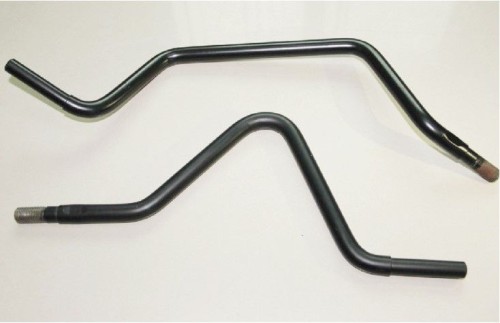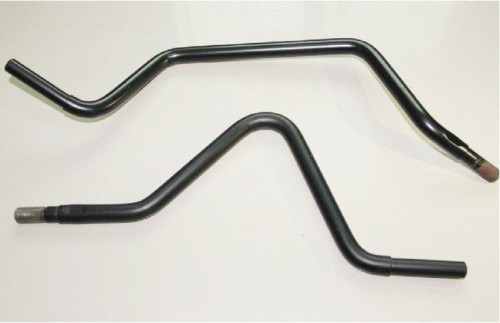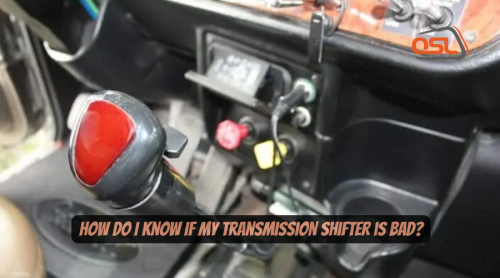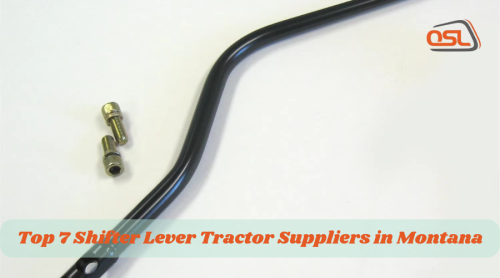Your vehicle's drivetrain features the essential transmission shifter, enabling smooth gear transitions throughout reliable driving operation. A failing transmission shifter can create multiple driving problems and safety risks for the driver. By recognizing the warning signs of a failing transmission shifter, you will avoid expensive repairs and maintain peak operating efficiency for your vehicle. Within this discussion, we will analyze the primary indicators that demonstrate a failing transmission shifter. Shifting Gears Takes More Effort Gear shifting should feel effortless. If there is stiffness in gear shifts, this indicates a problem with the transmission shifter. Problems with your transmission shifter linkage cables or internal components usually surface as resistance when you struggle to move the shifter. The shifting difficulty often stems from component wear, lack of lubrication, or functional failures. What to do: You need to get your vehicle checked out by a professional mechanic because shifting problems will likely worsen, so they must be addressed immediately. Losing Gear During Driving Gear slippage is caused by transmission shifter failure, which causes the vehicle to either shift into an unintended gear or start commenting on different gears unintentionally. This symptom creates a risk, mainly when driving fast because it results in poor control over the vehicle and compromised performance. What to do: When your car loses its gear while driving, you must stop immediately and get expert help. Weird Noises During Gear Shifting The transmission shifter mechanism could have problems based on shifting gear noises, which include grinding, clunking, or rattling sounds. The noises stem from worn-out components, misaligned systems, or internal transmission damage. What to do: Driving with unusual noises threatens safety and mechanical health, requiring expertise to address underlying problems. Shifter feels Loose or Stiff Your shifting issues may stem from worn shifter linkage or bushings that have deteriorated or separated from their location. A transmission shift lever that requires excessive force to move could indicate dirty buildup, mechanical problems, or corrosive damage. What to do: Proper component replacement at proper times and regular maintenance help prevent additional damage while restoring typical shifting performance. Delayed Response Your vehicle must shift gears without delay. Gear engagement problems may arise when moving the shifter connects to a transmission or shifter cable fault. Delays in gear changes can affect transmission performance and fuel economy. What to do: A professional vehicle inspection will reveal whether the shifter or different transmission components cause the shifting problem. Specific Gears Cannot Be Applied Your malfunctioning transmission shifter can prevent you from entering the park or reverse gear position. This can become frustrating because your vehicle might refuse to shift into drive or neutral, leaving you stranded. What to do: You should not push the shifter when such problems occur because it might result in more transmission damage. Seek professional help instead. Warning Lights on Dashboard Drivers now benefit from vehicle sensors identifying transmission problems to activate dashboard warning signals. The "Check Engine" or transmission warning lights appear when the shifter or related transmission components are faulty. What to do: You should either use a diagnostic tool for specific error codes or take your vehicle to an expert for a complete inspection of all components. Leakage of Transmission Fluid Transmission fluid leaks do not originate from the shifter but can impact how the gear shifting operates. When fluid levels become insufficient, gear slipping, delayed engagement, and additional transmission problems occur. What to do: You should regularly inspect your vehicle for fluid leaks while monitoring fluid levels to ensure they remain correct. Shifter is Jammed A shift control that stays fixed in one spot or stops working signals issues inside the transmission system alongside possible damage to cables or shift interlock circuitry. Vehicle operation becomes impossible when this issue occurs. What to do: A professional automotive examination is necessary when the problem persists after you check for obvious physical obstacles. Conclusion When your transmission shifter fails, it creates serious problems with vehicle performance and safety and makes the system unreliable. Timely identification of symptoms followed by vigilance helps prevent expensive equipment damage while maintaining equipment operational effectiveness. Have your transmission shifter checked by a certified mechanic because a professional diagnosis followed by proper repairs will ensure system safety.
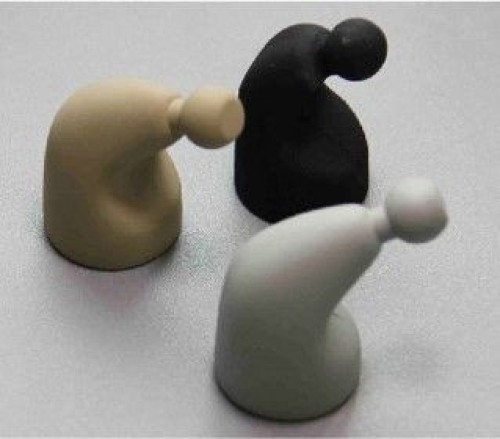
■ Gear levers, metal bases, connecting transmission rods, and transmission plates for engineering vehicles, agricultural machinery, and construction machines Supplying North and South Volkswagen, Kubota, John Deere, Toyota, Sumitomo, and Hachiman series products



.png)

